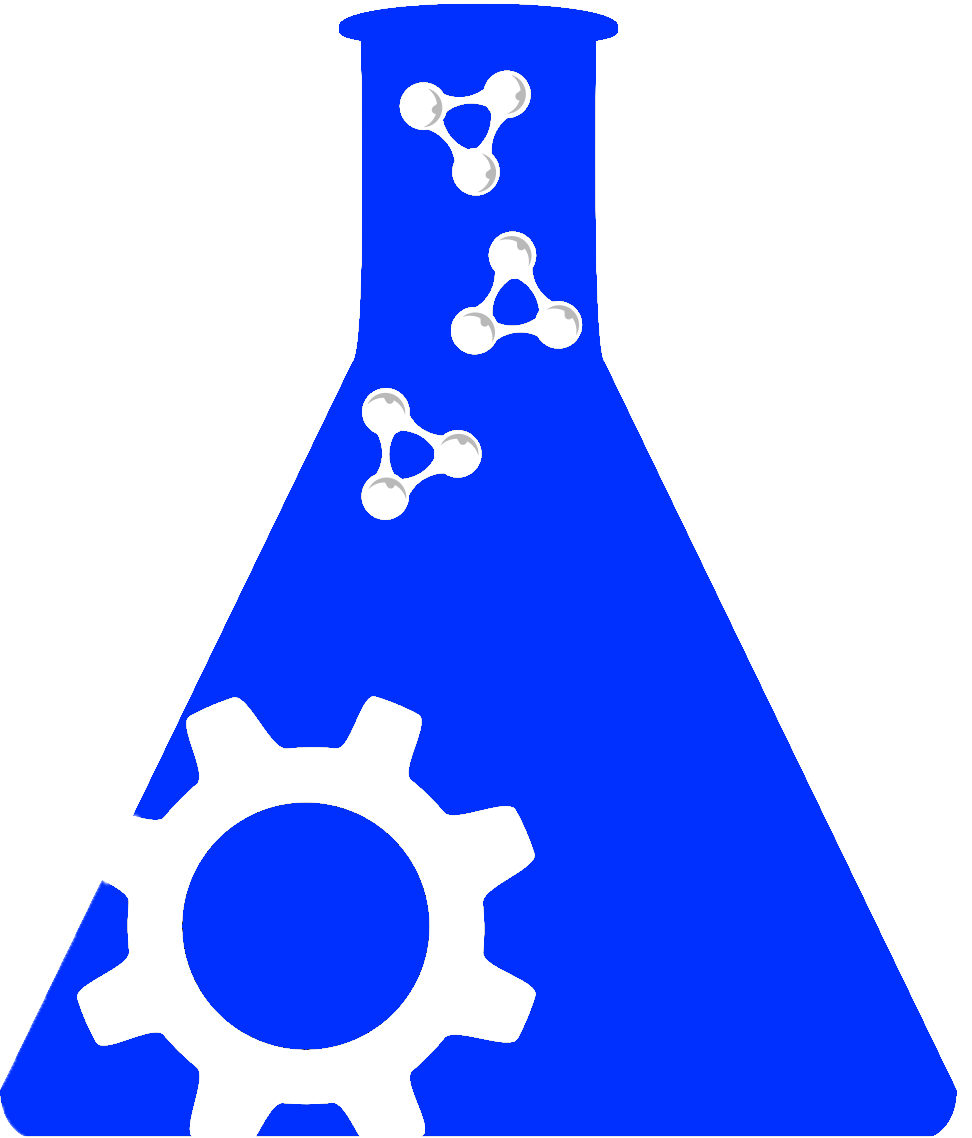Searching across hundreds of databases

Are you sure you want to leave this community? Leaving the community will revoke any permissions you have been granted in this community.
URL: http://www.evocontology.org/site/Main/EvocOntologyDotOrg
Proper Citation: eVOC (RRID:SCR_010704)
Description: THIS RESOURCE IS NO LONGER IN SERVICE, documented May 10, 2017. A pilot effort that has developed a centralized, web-based biospecimen locator that presents biospecimens collected and stored at participating Arizona hospitals and biospecimen banks, which are available for acquisition and use by researchers. Researchers may use this site to browse, search and request biospecimens to use in qualified studies. The development of the ABL was guided by the Arizona Biospecimen Consortium (ABC), a consortium of hospitals and medical centers in the Phoenix area, and is now being piloted by this Consortium under the direction of ABRC. You may browse by type (cells, fluid, molecular, tissue) or disease. Common data elements decided by the ABC Standards Committee, based on data elements on the National Cancer Institute''s (NCI''s) Common Biorepository Model (CBM), are displayed. These describe the minimum set of data elements that the NCI determined were most important for a researcher to see about a biospecimen. The ABL currently does not display information on whether or not clinical data is available to accompany the biospecimens. However, a requester has the ability to solicit clinical data in the request. Once a request is approved, the biospecimen provider will contact the requester to discuss the request (and the requester''s questions) before finalizing the invoice and shipment. The ABL is available to the public to browse. In order to request biospecimens from the ABL, the researcher will be required to submit the requested required information. Upon submission of the information, shipment of the requested biospecimen(s) will be dependent on the scientific and institutional review approval. Account required. Registration is open to everyone., documented September 6, 2016. Set of orthogonal controlled vocabularies that unifies gene expression data by facilitating a link between the genome sequence and expression phenotype information. The system associates labelled target cDNAs for microarray experiments, or cDNA libraries and their associated transcripts with controlled terms in a set of hierarchical vocabularies. eVOC consists of four orthogonal controlled vocabularies suitable for describing the domains of human gene expression data including Anatomical System, Cell Type, Pathology and Developmental Stage. The four core eVOC ontologies provide an appropriate set of detailed human terms that describe the sample source of human experimental material such as cDNA and SAGE libraries. These expression terms are linked to libraries and transcripts allowing the assessment of tissue expression profiles, differential gene expression levels and the physical distribution of expression across the genome. Analysis is currently possible using EST and SAGE data, with microarray data being incorporated. The eVOC data is increasingly being accepted as a standard for describing gene expression and eVOC ontologies are integrated with the Ensembl EnsMart database, the Alternate Transcript Diversity Project and the UniProt Knowledgebase. Several groups are currently working to provide shared development of this resource such that it is of maximum use in unifying transcript expression information.
Abbreviations: eVOC
Synonyms: Expressed Sequence Annotation for Humans, eVOC (Expressed Sequence Annotation for Humans), eVOC Ontologies, eVOContology.org
Resource Type: controlled vocabulary, ontology, data or information resource
Defining Citation: PMID:12799354
Keywords: mouse, mapping, cdna, development, microarray, expression, expressed sequence, anatomical system, cell type, developmental stage, experimental technique, microarray platform, pathology, pooling, tissue preparation, treatment, gene expression, genome sequence, expression phenotype, genome, sequence, phenotype, anatomical system, cell type, pathology, anatomy
Expand Allis related to |
|
is related to |
|
has parent organization |
We found {{ ctrl2.mentions.total_count }} mentions in open access literature.
We have not found any literature mentions for this resource.
We are searching literature mentions for this resource.
Most recent articles:
{{ mention._source.dc.creators[0].familyName }} {{ mention._source.dc.creators[0].initials }}, et al. ({{ mention._source.dc.publicationYear }}) {{ mention._source.dc.title }} {{ mention._source.dc.publishers[0].name }}, {{ mention._source.dc.publishers[0].volume }}({{ mention._source.dc.publishers[0].issue }}), {{ mention._source.dc.publishers[0].pagination }}. (PMID:{{ mention._id.replace('PMID:', '') }})
A list of researchers who have used the resource and an author search tool

A list of researchers who have used the resource and an author search tool. This is available for resources that have literature mentions.
No rating or validation information has been found for eVOC.
No alerts have been found for eVOC.
Source: SciCrunch Registry